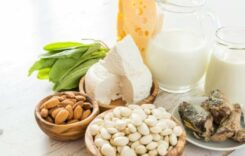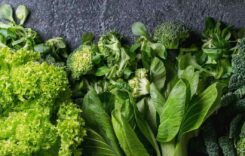Researchers have revealed insight into a biological process that helps the production of healthy cells, which may help comprehension of diseases and different conditions.
Scientists inspected a housekeeping mechanism which expels broken proteins as they form. This procedure, which is normal to many living things, evacuates harmed proteins, preventing their accumulation in cells, tissues and organs.
An improved comprehension of how defects can happen in protein creation could help other diseases, including some forms of anaemia and growth retardation.
Researchers from the University of Edinburgh utilized the basic model organism yeast to look at how proteins are produced. Amid this procedure, hereditary data encoded in the DNA is first duplicated into a related molecule called RNA and then used to produce proteins.
The team focused on a part of this mechanism that removes proteins that become stalled part way through their formation. This clears the way for further proteins to be produced.
Researchers examined a yeast protein known as Hel2, utilizing UV light to recognize where this protein touches molecules involved in protein production. These associations help Hel2 identify flaws in protein formation.
At the point when specialists evacuated the parts of Hel2 in direct contact, this kept the devastation of broken proteins, demonstrating that these contacts are essential for the system.
Mostly framed proteins can not exclusively be broken yet might be dangerous, for instance when they shape protein bunches looking like those related with Alzheimer’s or Parkinson’s. The examination, distributed in Nature Communications, was supported by the European Molecular Biology Organisation and Wellcome.
Dr. Marie-Luise Winz, of the University of Edinburgh’s School of Biological Sciences, who led the study, said: “The process of removing stalled proteins during production is found throughout nature, so we know that it is of fundamental importance to life. Greater knowledge of how this occurs could potentially aid progress in the understanding of many diseases.”










